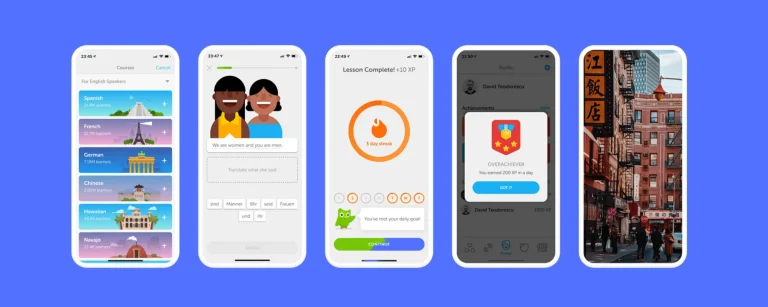User experience (UX) and user interface (UI) design are crucial elements to make a product successful online. The perception of a brand among users completely depends on how users interact with their website and other applications available. Updating the best UI/UX design practices with evolving technology and user expectations is important. This blog dives deep into the latest data and strategies popular for improving user experience by using effective UI/UX design.
What Is UI/UX Design?
Understanding the difference between UI and UX design is important before you start implementing them into your marketing efforts. UI design includes visual aspects of a product, such as color theme, layout, fonts, and other interactive parts. Meanwhile, UX design creates a seamless, effective, and engaging user experience. It requires research, testing, and calculation to create an impressive user journey.

Importance Of UI/UX Design
The UI/UX design not only makes a product look impressive but it also makes it work interactively to meet user needs. An interactive UI/UX design can:
- Increase User Engagement: A well-designed interface makes users engage with the product more frequently for a longer time.
- Boost Conversion Rates: Interactive and attractive designs lead to more conversions by buying, subscribing to a newsletter, or downloading the app.
- Enhance Brand Loyalty: Providing positive user experiences builds trust and loyalty, causing users to return and share the product with others.
Latest UI/UX Design Practices
- Prioritize Mobile-First Design
The mobile-first approach is necessary when more than half the globe uses mobile. It means you must design a mobile version of your website and apps before you enter this vast field. You must keep it touch-friendly with an interactive layout and fast loading times.
- Accessibility
Make your product accessible for all, including users with disabilities. It is your legal and moral duty. Use clear and readable fonts with loud color schemes, and remember to use alternative text for images.
- Microinteractions
Adding these small and subtle animations or feedback responses improves user interactions. For example, you can add a button with a color-changing feature and a beeping sound. These minute details make the user experience better and more enjoyable.
- Data-Driven Design
Make your design decisions using analytics and user feedback. Most frequently used tools like Google Analytics, Hotjar, and Crazy Egg provide insights into user behavior, identifying problems and areas for improvement. You can try, check, and evaluate different designs by using this data.
- Minimalism
Don’t add too much clutter. A clear, simple design improves user experience by reducing unnecessary details and highlighting important data. Such designs also make navigation easier and improve loading times. Simple designs with visible white space, highlighted words and interactive icons are more effective.
- Visual Hierarchy
Visual hierarchy is used to guide users for checking the most important elements first. Try different font sizes, color differences, and placement tools to guide a clear path for users. A call-to-action button that stands out with a bold color and is clearly visible throughout the content is more engaging.
- Load Times
Loading time is an important aspect that should never be ignored. Most of the times, users skip a website or app because of its slow loading time. This can annoy users, leading to high bounce rates. Twice check and improve your images, utilize browser caching tools, and utilize content delivery networks (CDNs) to improve your site or app loading time. As per Google, the probability that a user might bounce your website rises by 32% when the page loading time increases by 1 to 3 seconds.
- Consistent Design Systems
You need to keep consistency. Consistent design elements like buttons, fonts, and colors in all your pages and platforms ensure an interactive user experience. Use a design system or style guide for all your creatives to maintain consistency, making it easier for businesses to collaborate and create new features.
- Personalize User Experiences
Personalization is key to reaching users’ inboxes. It makes users feel valued, which improves engagement. Interactive data from feedback forms, surveys, etc., can be used to create personalized content for recommendations and notifications. For example, e-commerce websites show products based on user’s browsing history, purchases, or searches.
- Feedback Loops
User feedback is important, so let them provide it easily to improve the product. Feedback elements such as rating systems, comment sections, and surveys help gather valuable information about user satisfaction and areas that need improvement.
Conclusion
Using UI/UX design practices is an ongoing process because they are important for enhancing user experience. You need to comprehend what your users want. Be attentive to adopting new trends and technologies. Using a mobile-first approach should be a priority; interactive features are a big plus to impress users.
Keep the designs minimal by utilizing personalized data to make it seamless for users. UI/UX design is an important aspect of user experience, which increases users’ expectations, making them convert to your customers.







